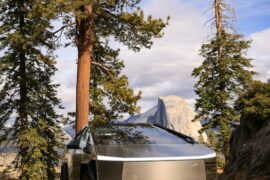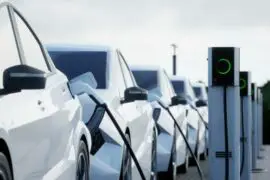In an era defined by a growing concern for the environment and a quest for sustainable transportation solutions, electric vehicles (EVs) have captured the world’s attention. Leading this green revolution is Tesla, the pioneering automaker founded by visionary entrepreneur Elon Musk. Tesla’s remarkable success is a testament to the rising popularity of electric vehicles and their potential to revolutionize the automotive industry.
Tesla has emerged as a frontrunner in the EV market, not only for its sleek and high-performance electric cars but also for its innovative vehicle design and maintenance approach. Unlike traditional internal combustion engine vehicles, Tesla has adopted a revolutionary perspective, redefining the very concept of automotive maintenance.
In this article, we will delve into the unique maintenance requirements of Tesla vehicles, exploring how their design, technological advancements, and environmental consciousness contribute to a distinct ownership experience. Join us as we unravel the world of Tesla maintenance, where simplicity, efficiency, and sustainability converge to pave the way for a greener and more convenient future on the roads.
So, what kind of maintenance does a Tesla require? Let’s find out.
Contents
Reduced Complexity and Simplicity
At the heart of Tesla’s engineering brilliance lies its electric drivetrain, a revolutionary departure from the complexity of traditional internal combustion engines. Embracing the principles of simplicity and efficiency, Tesla has successfully minimized moving parts and streamlined their electric vehicles to deliver an unparalleled driving experience.
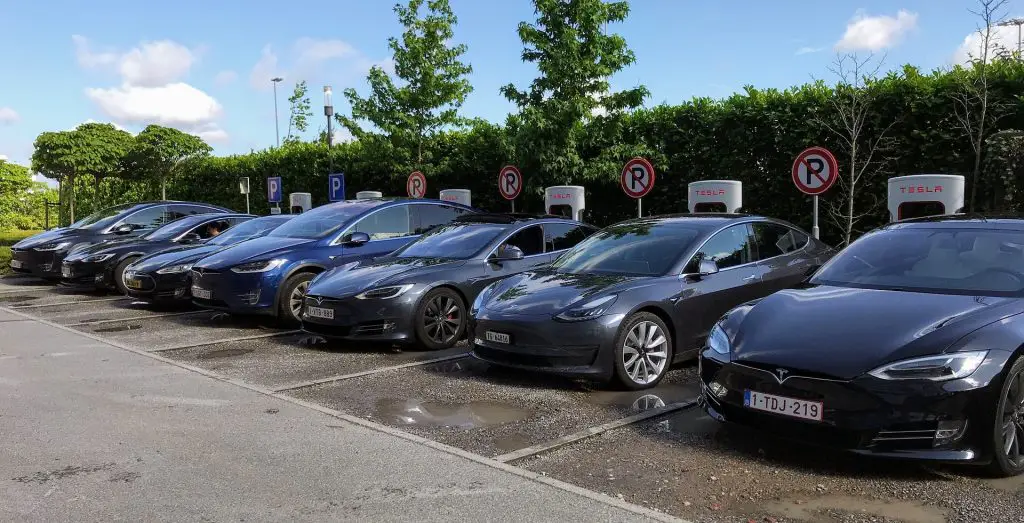
Unlike conventional vehicles, Tesla’s electric drivetrain boasts significantly fewer moving components, eliminating the need for intricate mechanical systems such as pistons, crankshafts, and exhausts. Instead, a Tesla electric motor operates with remarkable simplicity, consisting of just a few main parts, reducing the risk of wear and tear and potential breakdowns.
This streamlined design translates directly into lower maintenance requirements than their gasoline-powered counterparts. With fewer parts to monitor and maintain, Tesla owners benefit from reduced visits to the service center and a substantial decrease in the overall cost of ownership.
Furthermore, the absence of complex engine-related maintenance tasks, such as oil changes, spark plug replacements, and transmission servicing, simplifies the ownership experience. Tesla drivers can focus on enjoying their electric vehicles without the burden of frequent maintenance routines that often accompany traditional internal combustion engine cars.
Regenerative Braking Technology
Tesla’s innovation in electric vehicle technology goes beyond its electric drivetrain. A standout feature that sets Tesla apart is its regenerative braking system, a groundbreaking technology that redefines the concept of braking efficiency.
When a Tesla vehicle decelerates or brakes, the regenerative braking system recaptures and converts the kinetic energy generated back into electrical energy. This energy is then stored in the vehicle’s battery, effectively recharging it and increasing the overall driving range. By harnessing energy that would otherwise be lost as heat in traditional friction brakes, Tesla’s regenerative braking system optimizes the vehicle’s efficiency and enhances its sustainability.
The benefits of regenerative braking extend far beyond energy recapture. One of the most significant advantages lies in its positive impact on maintenance. Unlike traditional braking systems that rely on friction to slow down a vehicle, regenerative braking exerts less strain on the mechanical brake components. As a result, Tesla’s regenerative braking system significantly extends the lifespan of brake pads, reducing the frequency of brake pad replacements and saving Tesla owners time and money on maintenance costs.
Battery Health and Longevity
The battery pack is the heart and soul of an electric vehicle, and Tesla has dedicated significant efforts to ensure its batteries’ longevity and optimal performance. Understanding the significance of the battery is crucial to appreciate Tesla’s approach to preserving battery health.
Tesla gives its owners guidelines for charging and discharging their vehicles to maximize battery life. By avoiding extreme charge levels and consistently maintaining the battery within recommended ranges, Tesla owners can help prolong the overall lifespan of their battery packs. Using smart charging algorithms ensures that the battery is charged in a way that minimizes stress and degradation over time.
One of the key factors in maintaining battery health is how the vehicle is charged and the frequency of high-speed charging sessions. Tesla encourages owners to charge their vehicles regularly, ensuring that the battery remains within the ideal charge level, which typically ranges between 20% to 80%. This practice helps reduce the strain on the battery and mitigates potential issues related to overcharging or deep discharging.
Tesla’s over-the-air updates play a significant role in optimizing battery performance. Through these updates, Tesla can remotely fine-tune and improve the software that governs the charging and discharging processes, ensuring that the battery operates at its peak efficiency. These updates also address potential issues and optimize battery management algorithms based on real-world data from Tesla vehicles worldwide.
Tesla can adapt to emerging battery technologies and maintain compatibility with evolving charging infrastructures by constantly improving and optimizing battery management software through over-the-air updates. This approach ensures that Tesla owners can continue to enjoy the best possible battery performance and range throughout the lifespan of their vehicles.
Over-the-Air Updates
One of Tesla’s most revolutionary features is its ability to perform over-the-air updates, a concept that has transformed the traditional approach to vehicle maintenance and software enhancements. This groundbreaking technology holds immense significance for Tesla owners, offering many benefits beyond the typical car ownership experience.
Tesla’s over-the-air updates enable the company to remotely push software improvements, bug fixes, and even new features directly to the vehicle’s onboard computer system. This means that Tesla owners can receive updates without the need to physically visit a service center, saving time and eliminating the inconvenience of scheduling maintenance appointments.
Over-the-air updates are akin to the software updates we receive on our smartphones and computers. Tesla leverages this approach to continuously improve its vehicles’ performance, efficiency, and safety. By addressing bugs and glitches promptly, Tesla ensures that its vehicles remain reliable and safe on the road, enhancing customer satisfaction and peace of mind.
The convenience of over-the-air updates extends beyond mere bug fixes. Through software updates, Tesla can introduce exciting new features and functionalities to its vehicles. This means that even after purchasing their Tesla, owners can experience enhancements and additions that improve the driving experience and keep their vehicles up-to-date with the latest technological advancements.
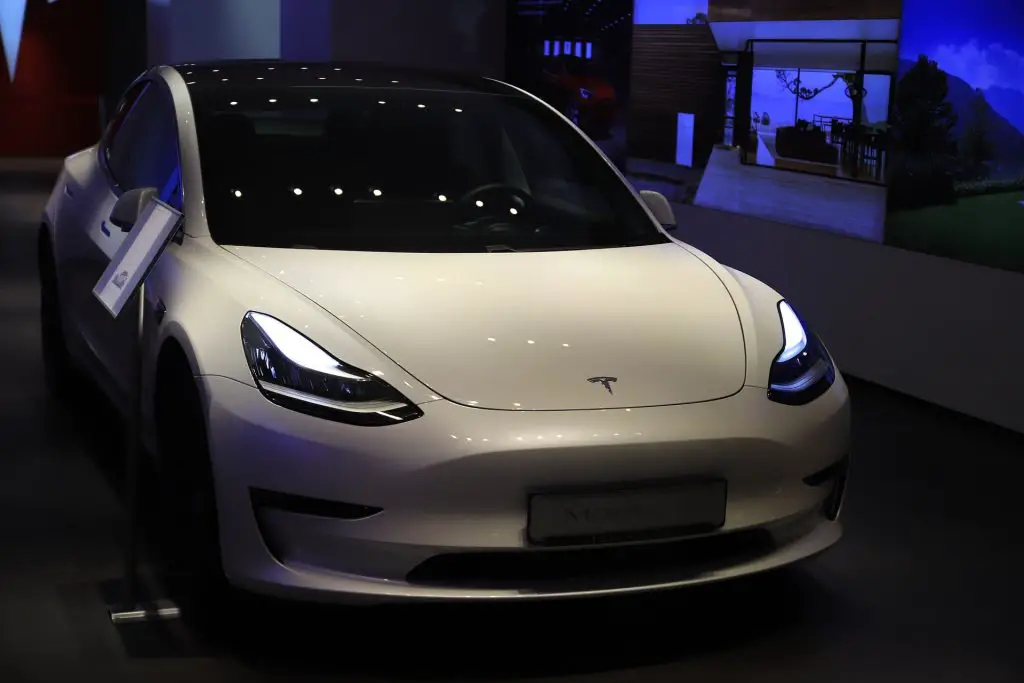
Another essential benefit of over-the-air updates is their role in optimizing battery performance and range. Tesla can fine-tune battery management algorithms and charging behavior through software updates, ensuring that the battery operates at its most efficient capacity, extending its lifespan, and maintaining its range over time.
Streamlined Service Centers
Tesla’s dedication to providing exceptional customer service extends beyond its innovative vehicles; it is also evident in its approach to service centers. Tesla has reimagined the traditional automotive service experience, focusing on efficiency and customer satisfaction, setting a new standard for service centers in the industry.
Tesla’s service centers are customer-centric, emphasizing efficiency and a seamless experience for vehicle owners. Unlike traditional dealerships, Tesla’s service centers feature a sleek, modern design that aligns with the company’s forward-thinking image. This creates a welcoming atmosphere that reflects Tesla’s commitment to cutting-edge technology and sustainability.
One of the key advantages of Tesla’s service centers is their utilization of advanced diagnostic tools and remote diagnostics. These tools enable Tesla technicians to access real-time data from the vehicle, allowing for precise and efficient diagnostics from afar. In many cases, issues can be identified and addressed remotely, minimizing downtime and inconvenience for Tesla owners.
The combination of advanced diagnostics and remote capabilities means that Tesla service centers can often provide proactive maintenance and fix potential problems before they escalate. This proactive approach contributes to the overall reliability of Tesla vehicles and ensures that owners can enjoy uninterrupted driving experiences.
Furthermore, Tesla’s efficient service centers are staffed by highly trained technicians who specialize in electric vehicles. Their expertise in Tesla’s unique design and technology ensures that vehicles receive the specialized care they deserve, delivering the highest quality maintenance and repairs.
Tesla owners also benefit from a seamless service experience through Tesla’s mobile service units. For certain maintenance tasks, Tesla technicians can travel to the owner’s location, saving time and effort associated with visiting a service center physically. This mobile service capability adds extra convenience for busy Tesla owners.
Environmental Impact
Tesla’s commitment to sustainability goes beyond its electric vehicles; it extends to its maintenance practices, contributing to a greener and more environmentally-friendly future.
One of the notable environmental benefits of Tesla’s maintenance practices is waste reduction. Unlike traditional internal combustion engine vehicles, Tesla’s electric drivetrain eliminates the need for frequent oil changes and other fluids associated with conventional maintenance. This significantly reduces the generation of hazardous waste, ensuring that fewer harmful substances end up in landfills or are improperly disposed of, thus lowering the ecological footprint of Tesla ownership.
Furthermore, Tesla’s focus on durability and longevity translates into longer-lasting components. With regenerative braking technology and the streamlined design of the electric drivetrain, the wear and tear on mechanical components are reduced. As a result, Tesla owners enjoy extended brake pad life and fewer replacements of wear-prone parts, further reducing waste generation and contributing to resource conservation.
Tesla’s overarching commitment to sustainability is evident in every aspect of its business, including its maintenance practices. From using renewable energy sources in its manufacturing plants to investing in energy storage and solar solutions, Tesla strives to minimize its carbon footprint. By reducing emissions during production and vehicle usage, Tesla plays a vital role in combatting climate change and promoting a cleaner environment.
What kind of maintenance does a Tesla require?
Maintaining a Tesla offers many advantages that set it apart from traditional vehicles, making it a clear frontrunner in the electric vehicle market. Tesla’s simplicity, innovative features, and dedication to environmental responsibility make it a game-changer in the automotive industry, leading the way toward a greener and more sustainable future.
Tesla’s electric drivetrain’s reduced complexity and simplicity result in lower maintenance requirements than conventional internal combustion engine vehicles. With fewer moving parts and no need for oil changes, Tesla owners experience a hassle-free ownership experience with fewer visits to service centers and lower maintenance costs.
Tesla’s regenerative braking technology contributes to both efficiency and maintenance benefits. By recapturing energy during deceleration, Tesla maximizes range and extends brake pad life, reducing the need for frequent brake replacements and minimizing maintenance costs.
Regarding battery health and longevity, Tesla provides guidelines for charging and discharging, ensuring optimal performance and extending the lifespan of their battery packs. Over-the-air updates optimize battery performance, keeping Tesla vehicles at the cutting edge of electric mobility.
Tesla’s streamlined service centers showcase its commitment to customer satisfaction and efficiency. With advanced diagnostic tools and remote capabilities, Tesla minimizes downtime and inconvenience for their owners, providing a seamless and proactive maintenance experience.
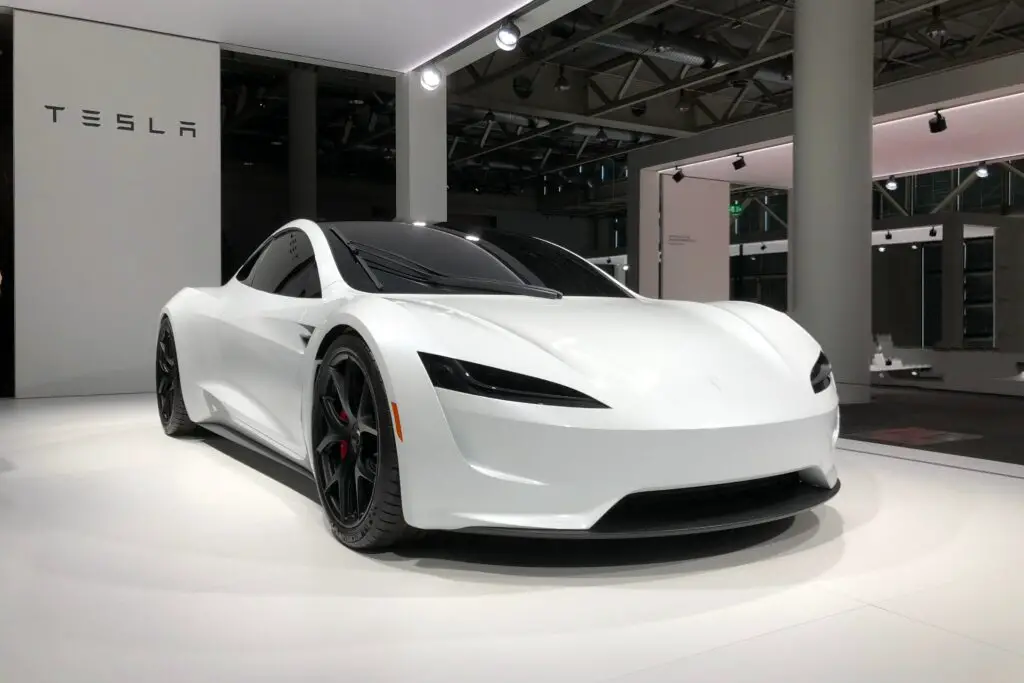
Beyond these advantages, Tesla’s maintenance practices significantly contribute to a greener future. With reduced waste, longer-lasting components, and a focus on sustainability, Tesla takes substantial steps towards reducing their environmental impact.
Unveiling the Everlasting Tesla: How Long Do Teslas Usually Last in 2023?



